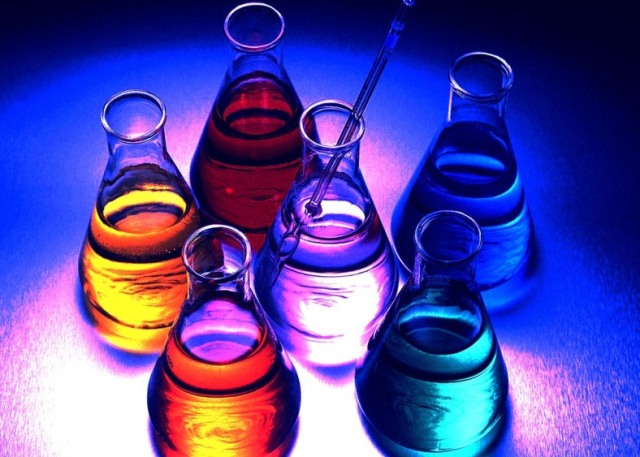
So, what is BB cream?
BB cream is the abbreviation for Blemish Balm or Blemish Base Cream, it is a cosmetic product sold in Korea. It initially originates from Germany as an ointment which dermatologists would prescribe to their patients who have undergone laser skin surgery for its soothing and skin-regenerating properties. Besides, it is also used as a therapeutic moisturizer used to treat the irritated skin of the patients who went under peeling, laser, or microdermabrasion procedure. However, BB creams is among the hottest beauty product in Asia right now. It is now better known as a makeup product that conceals blemishes while clarifying the skin tone. It first took Korea by storm and had ever since spread to the rest of Asia.
Now, let's see the differences between skin complexion with and without BB creams


But, why are Asian women so crazy about it?
Well, it is a combined product that eliminates many other items from daily make up routine. It not only simplifies foundation but also offers key ingredients that are commonly look for in makeup and skin care. This product contributes to both skin care and makeup as it improves the skin's condition and evens out the skin tone while providing coverage for dark spots and other blemishes.
Here are some general product features and benefits of BB creams:
• Natural glow on your face without makeup look
• Provides perfect coverage just like a foundation but without clogging pores or damaging the skin.
• Conceals all types of pigmentation, discoloration, acne and marks but it is not as thick.
• Works pretty much like a tinted moisturizer
• Healing properties which soften, smoothen and refine skin
• Encourages skin regeneration to create and maintain youthful skin
• Contains UV Protection for healthy skin which the SPF levels may differ for each brand or product
• Some may have additional features such as wrinkle improvement, whitening functions etc.
Chemical contents that can be found in the BB creams:
Whitening BB cream:
Glycerin, Betaine, Sodium Hyaluronate, Polyglutamic Acid, Allantoin, Silkworm Extract, Palmitoyl Pentapeptide-4, Panax Ginseng Root Extract, Phenoxyethanol, Methylparaben, Propylparaben, Butylaraben, Titanium Dioxide
Oil control BB cream:
Titanium Dioxide, Mica, Microcrystalline Wax, Bees Wax, Tocopheryl Acetate, Magnesium Sulfate, Propylene Glycol, Hydroxyethylcellulose, Methylparaben, Diazoli dinyl Urea, Camellia Sinensis Leaf Extract, Butylparaben

Titanium dioxide

Butylparaben

Methylparaben
However……
No matter how perfect a product seems to be, it is sure to have some disadvantages. One of the many problems that Asian women may face from BB Creams is the color selection. Unlike foundation, BB Creams only offers one or two color options. As compared to foundation, one is spoilt for choice in the color selection since there are loads to choose from and BB creams are limited to certain user with suitable skin tone only. As a matter of fact, many Asian girls do have a yellow skin tone and thus BB creams sometimes may not blend that well as the beige color is unflattering. So now we know that BB creams are pigmented and our skin will look unnatural.
Furthermore, BB Creams also seem to be best suited for dry skin only but not to all the Asian women. Why is it so? Well, it was discovered that majority of Asian women have oily skin, since BB creams contain high moisture contents, they are too moisturizing, hence we can conclude that BB creams are not suitable for most Asian women.
Traditional Makeup versus BB cream
References:
http://lia-x.xanga.com/704210019/item/
http://www.youtube.com/watch?v=iQai3r_SFGg&feature=related
http://www.squidoo.com/b-b-cream
http://www.musingsofamuse.com/2008/08/blemish-balm-cream-what-is-bb-cream.html






























